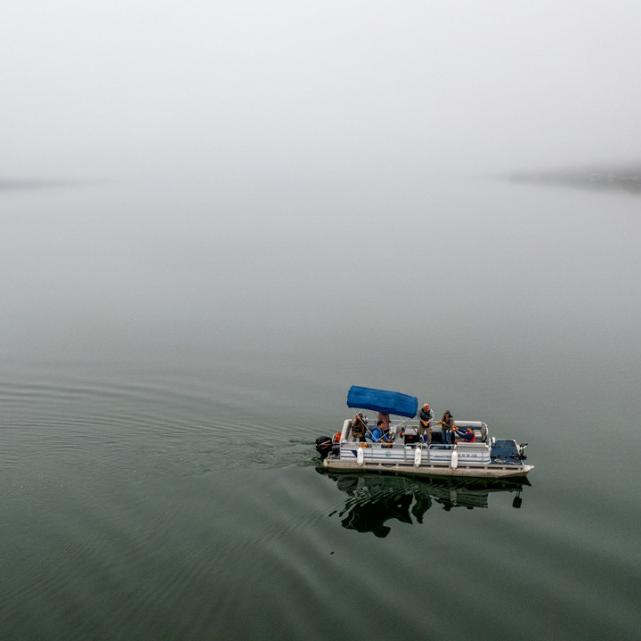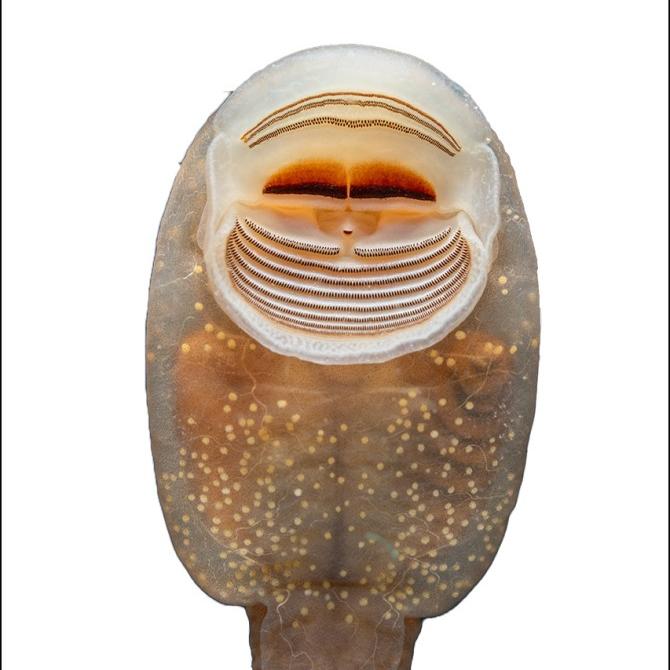
 Department Homepage
Department Homepage
Elizabeth Miller Francis ’47: She cultivated art and the environment through giving
Her bequest now brings researchers into the wild and the community into the museum.




